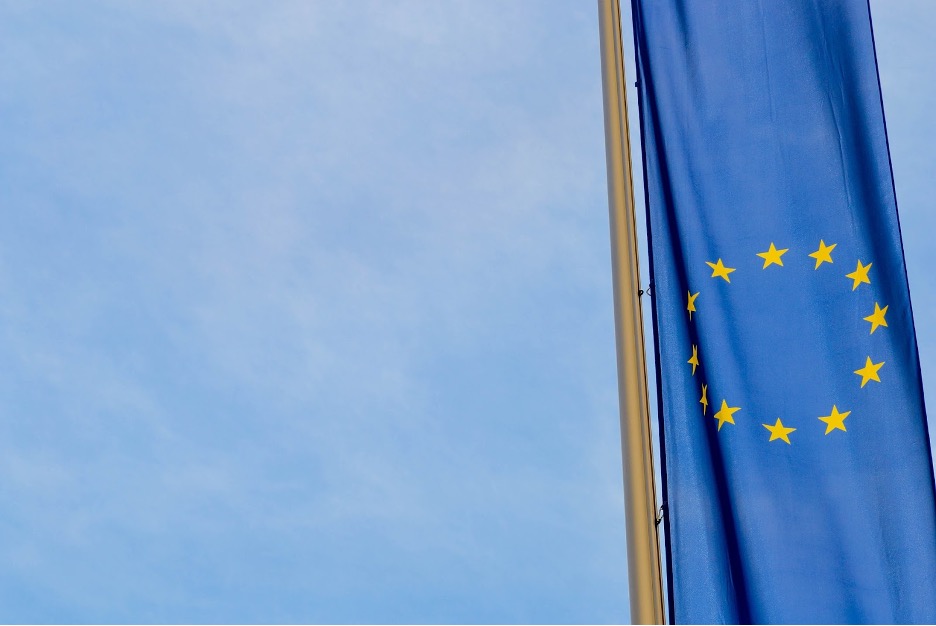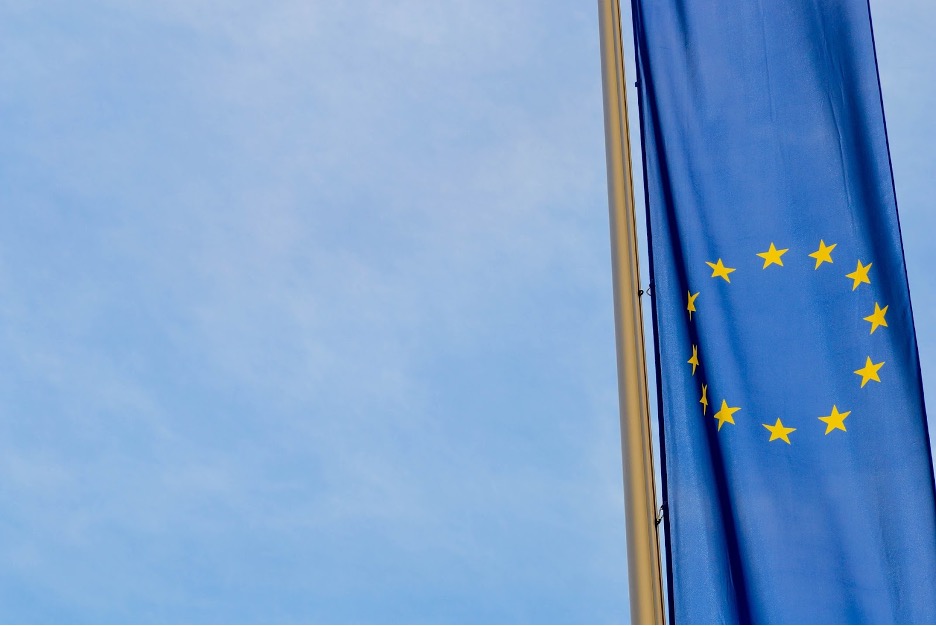Author: Iris Raith - Defense & Procurement Team
Introduction
The war in Ukraine has forced the European Union (EU) fundamentally to rethink its stance on defence policies. While the EU is still, first and foremost, a peace project, it can simply no longer keep defence cooperation and innovation in the background considering its borders are actively threatened by increasingly undemocratic regimes. The EU has the means and the knowledge to become an autarkic defence power which will rely less on the protective umbrella of the United States, which has been in place since the end of World War II. A newly drafted agreement allowing for easier US-EU defence project collaboration already explicitly excludes joint research cooperation. The first steps towards more independent EU defence can be noticed, such as introducing the Directorate General for Defence industry and Space (DG DEFIS) in 2021 or creating the Permanent Structured Cooperation (PESCO) in 2017.
It is interesting to note the various developments that can be observed regarding research and development (R&D) in European defence, especially since most EU Member States have not invested in defence R&D until now. As such, this article will outline the steps taken in recent years to promote increased collaboration and cooperation to establish a leading EU-focused R&D related to defence.
The European Defense Agency (EDA)
The EDA was created in 2004 to promote collaboration among the Member States' militaries. Nevertheless, the Agency has become quite active over the last few years. It supports joint projects to ensure the diversification of military assets within the EU. Moreover, it manages and coordinates over 140 joint development and research projects among Member States. Notably, the EDA serves as the joint Hub for the coming together of research institutions, universities, start-ups and established industry actors to encourage defence innovation.
The EDA has a specialised Research, Technology & Innovation Directorate (RTI), which coordinates, develops and manages research activities as well as the implementation of the European Defence Fund presented further down. In addition, the EDA hosts a crucial activity in order to heighten preparedness for what the future might bring: it regularly conducts technology foresight exercises. The study of ‘futures’ has become an essential tool for researchers and policymakers despite being often neglected by the latter. However, the activity of foresight allows for educated scenario buildings, presenting a long-term vision of where technological innovation might bring the defence sector and security more generally. As a result, foresight enables policymakers and states, in general, to effectively prepare for possible ‘futures’. In the specific case of technology foresight, developing scenarios around future technological defence capabilities for the next 20 to 30 years provides defence actors with concrete, educated guesses to develop strategies and agendas.

Institutes and Fora
The emergence of an array of think tanks and research institutes specialised in European security and defence research has enormously contributed to multiple EU researchers collaborating and setting up policy recommendations and analysing possible future defence cooperation. It is also interesting to note that the 2005-established European Security and Defence College (ESDC), targeted primarily towards military personnel, encourages research cooperation by offering a Doctoral programme on CSDP and publishing an academic journal. This encourages experienced military personnel from Member States to have academic exchanges regarding best practices and their thought on CSDP. Moreover, renowned think-tanks such as RAND Europe and the Dutch Clingendael Institute have also established research teams dedicated to European defence and security research.
One of the well-established think tanks already in place since 2002 is the European Union Institute for Security Studies (EUISS). It was set up as an autonomous EU Agency tasked with supporting CFSP/CSDP implementation and knowledge production. It regularly produces insightful publications on timely matters, such as examining existing EU cyber defence policy and related suggestions for its development or the important discussion on the EU’s defence partnerships with recommendations for a more effective way forward.
Moreover, the EUISS is notably always present at an ever-increasing number of conferences and fora organised around EU defence cooperation. The first-ever ‘Schuman Security and Defence Forum’ was organised this year in March 2023. This has been designed as an event which will happen every two years and is aimed at providing grounds for discussion among politicians, decision-makers, military representatives and civil society representatives, all engaged in security and defence. This initiative represents a significant opportunity for a plethora of actors to come together, effectively establishing tighter cooperation to promote more autonomous and empowering EU security and defence mechanisms.
Funding military independence
A notable increase has slowly joined the above-outlined increased research regarding EU Defence cooperation in EU funding dedicated to this field. This is particularly important given that according to the latest EDA report for 2020-2021, only two Member States invest 20% of their defence budget into R&D, and the other 24 states remain well under 10%. However, a significant increase could be observed regarding Research and Technology (R&T) investment, reaching an aggregate of €3.6 billion in 2021 compared to around €1.7 billion in 2019. Nevertheless, the agreed-upon 2% benchmark has not yet been reached. However, the investment surge shows that Member States have acknowledged the increased role of technology in defence, recognising that investing in researching technology will ultimately improve the EU’s defence capabilities in a future of omnipresent technology.
The European Defence Fund (EDF) has recently been inaugurated for a project period of 2021-2027 with a current budget of €8 billion to promote EU cooperation regarding defence technology. Incentives to participate in a joint collaboration between member states include the involvement of SMEs with a funding bonus awarded in such cases. It is important to highlight that EDF grants are solely awarded to projects in collaboration with at least three EU member states. This effectively encourages companies, state agencies and general defence actors to cooperate on a cross-border level, enabling them to lead more extensive projects.
Conclusion
In conclusion, this article laid out the multitude of actors and initiatives engaged in enhanced research cooperation in European defence—these range from state-level collaboration on the EU level to research institutes and multi-actor fora of discussion. As can be noticed, a lot has been done in recent years, but the war in Ukraine has served as a decisive push towards a truly independent European defence sector. This does not mean that the road towards a unified EU army is now wide open. However, the efforts mentioned above show that EU Member States and the EU institutions have recognised that the EU’s security relies on ever-closer cooperation in the various defence sectors. Intensive research cooperation has the advantages of cost benefits, EU-wide standardised capabilities and increased innovation opportunities bringing together European minds.

No comments.